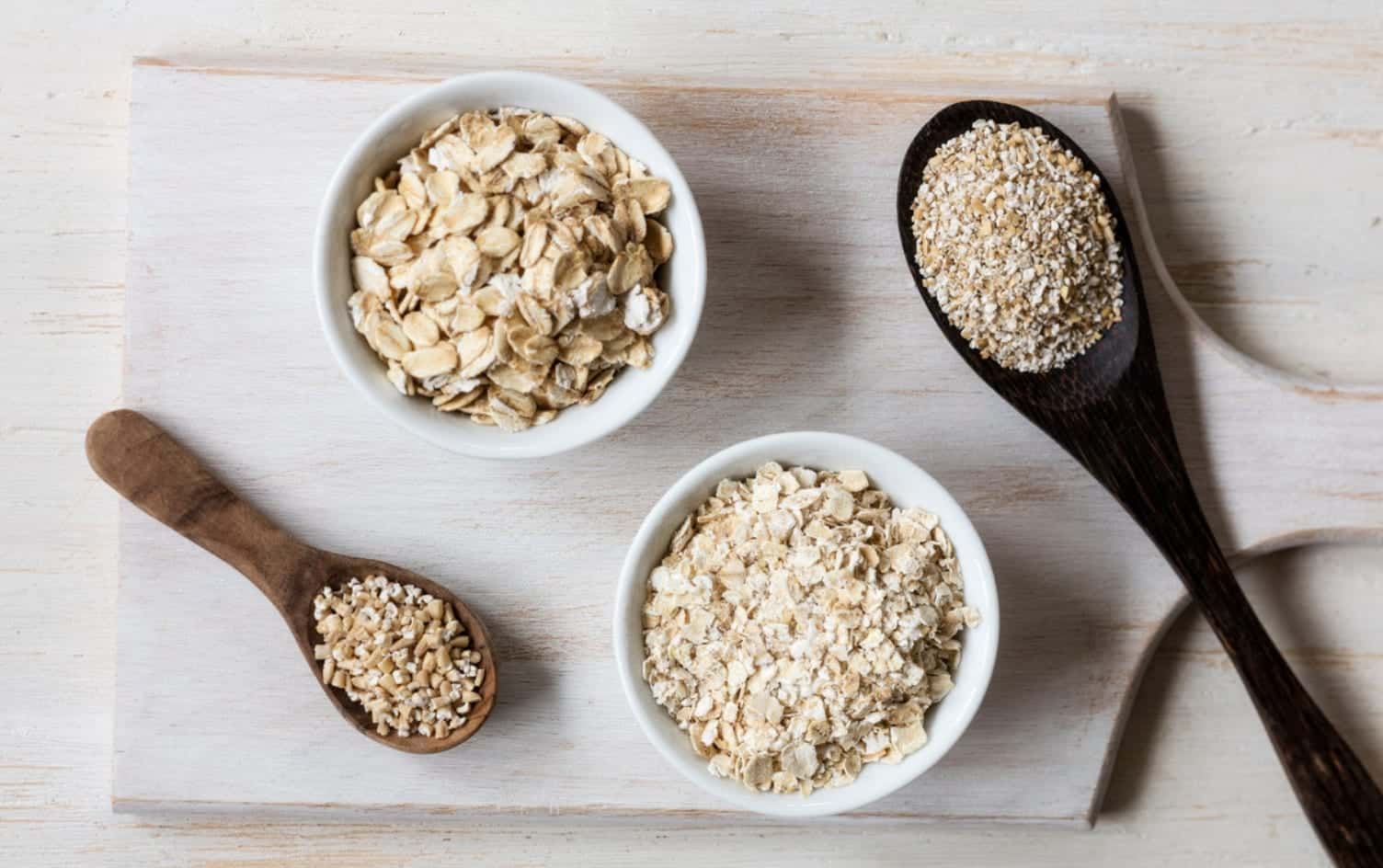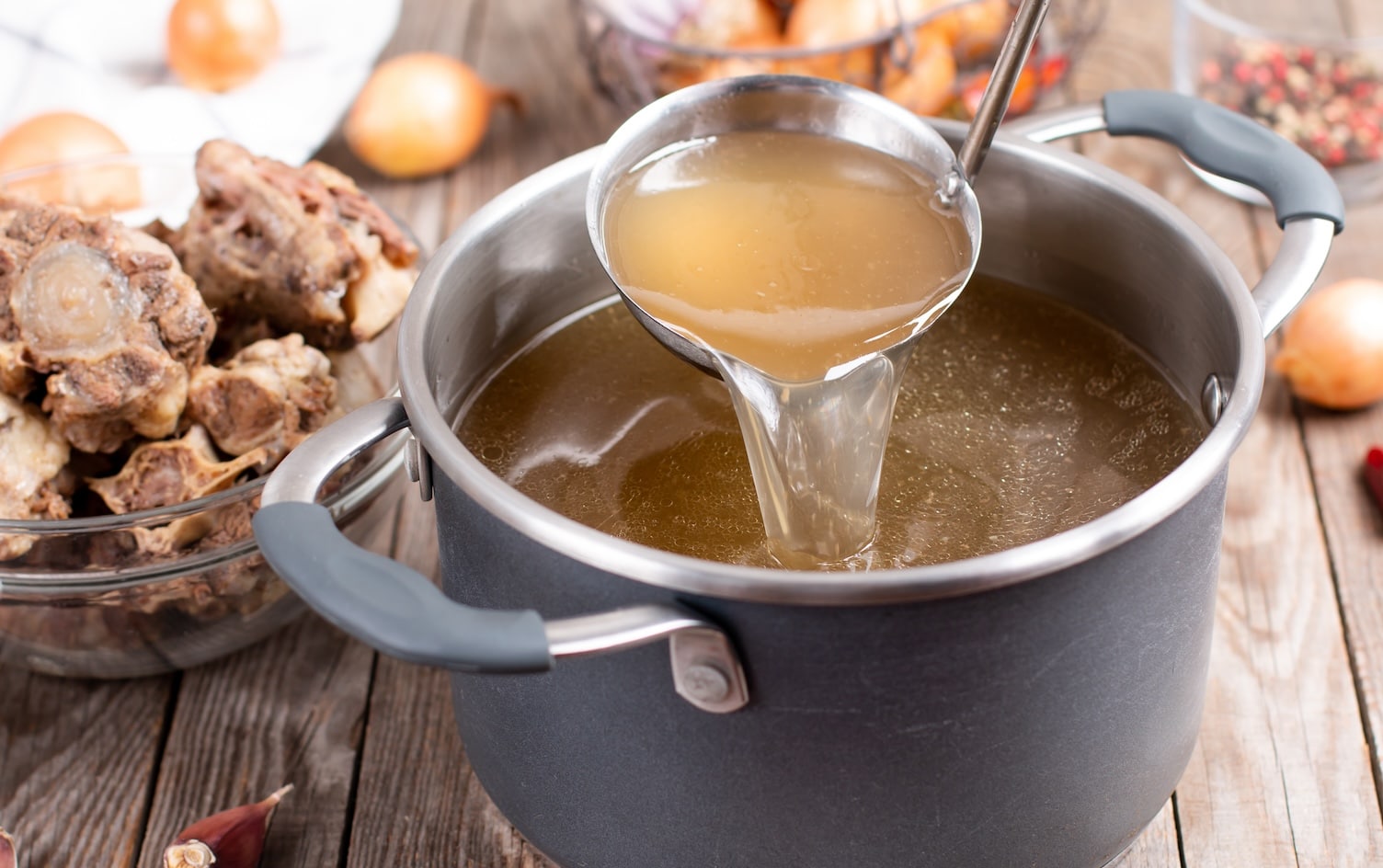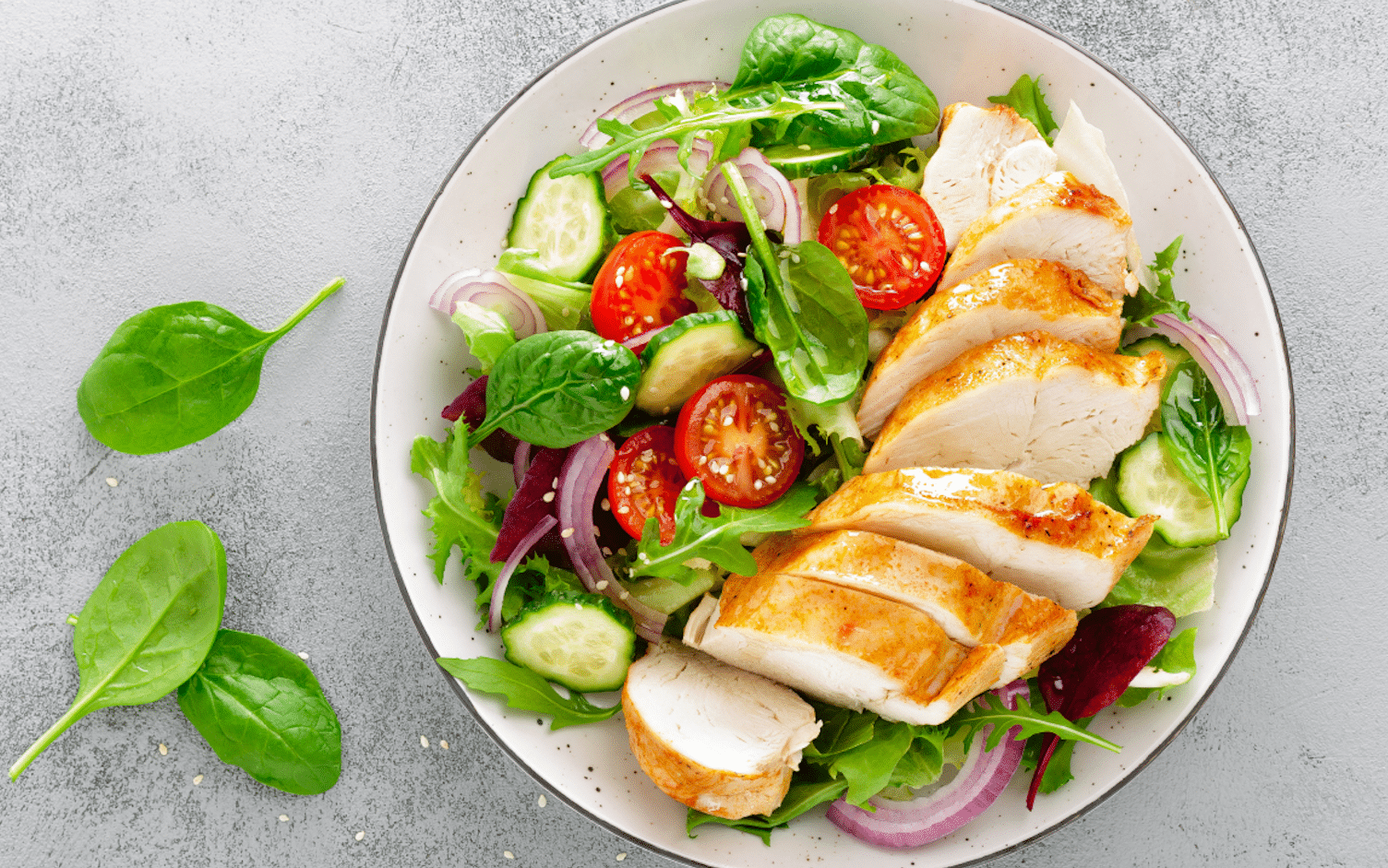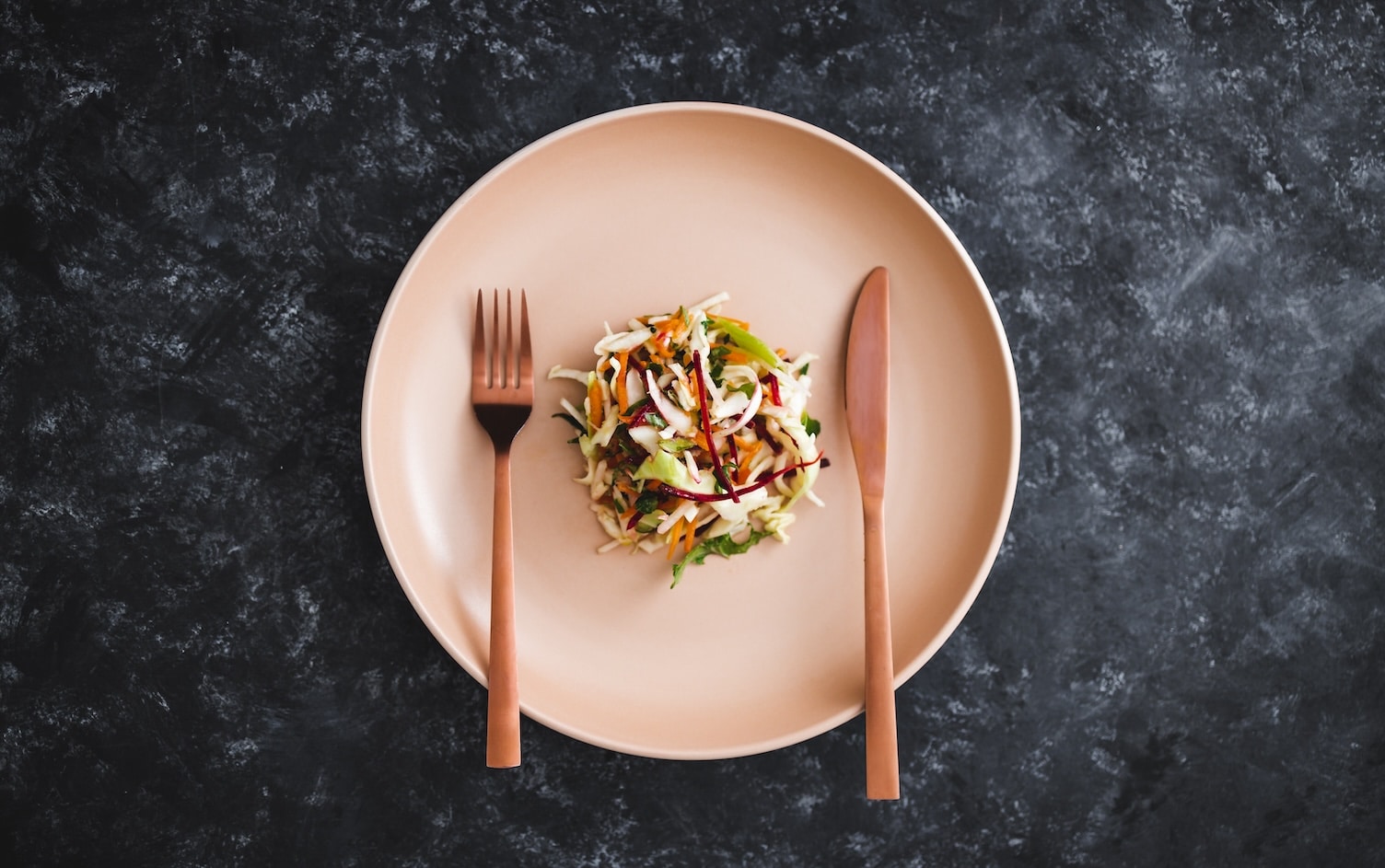Sure, there are many varieties of fancy, super grains that exist, but none have achieved quite the same fit food status as the humble oat.
Oat is a variety of plant grown mostly for the edible groats which are rolled to create the oatmeal you and I eat. It might seem like athletes are the biggest consumers of this cereal grain, but most goes to feed livestock. In their original form, oats offer a solid nutrition panel.
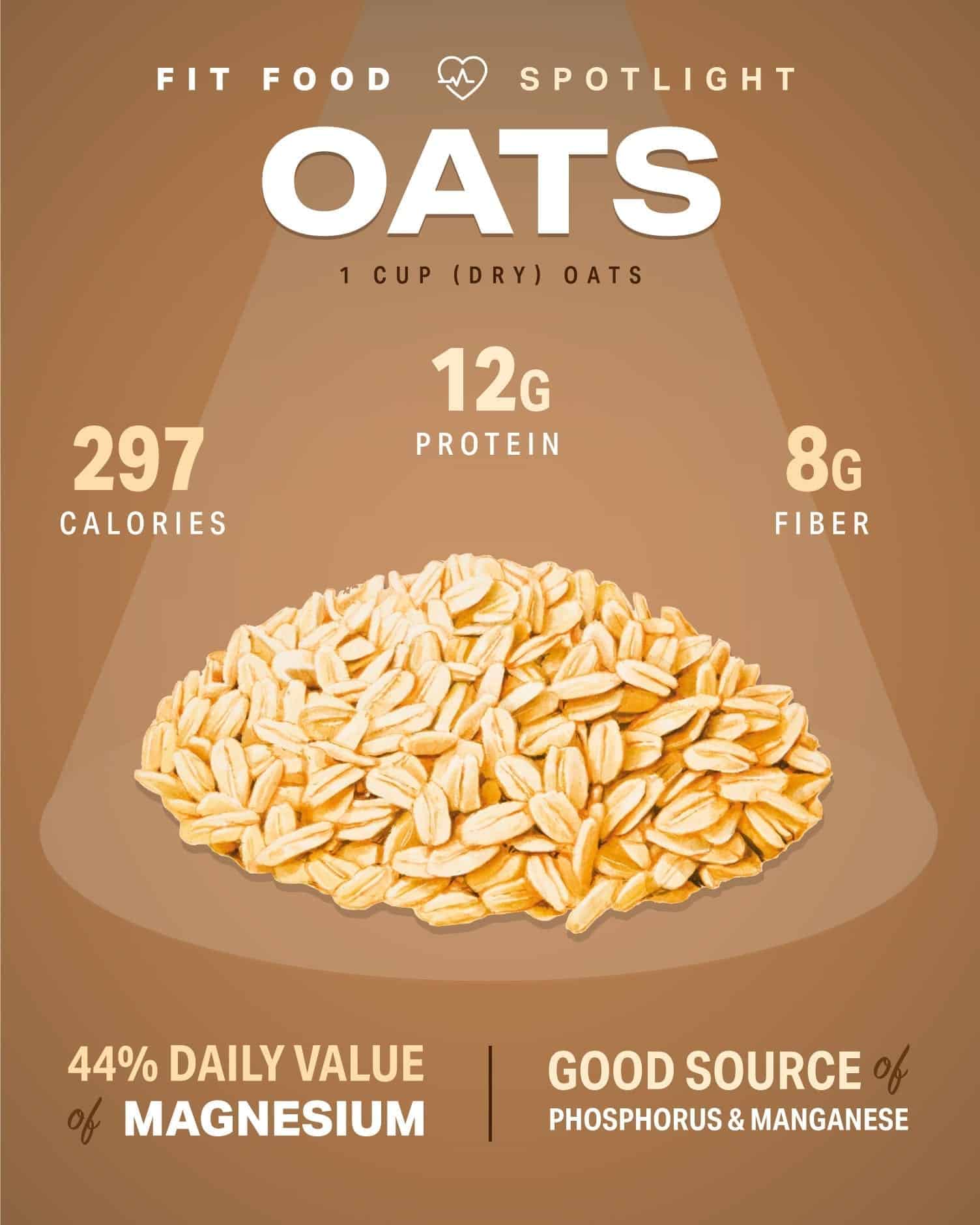

Most people think of oats as being strictly a carbohydrate food, but they are actually a source of each macronutrient. Each cup of cooked oatmeal contains roughly 300 calories, 54 grams of carbohydrates, 2 grams of sugar, 8 grams of fiber, 5 grams of fat and 12 grams of protein. This cup also contains thiamine, vitamin A, magnesium, phosphorus and iron. This profile is ideal for supporting good general health and fueling endurance activity. Oats are consumed as steel-cut, rolled or flaked which are all variations on the chopping and flattening of whole groats.
- Steel-cut oats are chopped up groats and the least processed of all edible oats. They take longer to cook, are chewier, have more fiber, add texture to recipes such as stuffing, but are not great in baked goods. Steel-cut oats add a lot of bulk to the gastric system and are not the best for athletes to eat before training.
- Rolled oats or old-fashioned oats are a flattened disc shape. This variety absorbs more water than steel-cut oats, making them a filling and hydrating option for a pre-workout meal. They also work great for overnight oats, bars, granola and baked goods.
- Instant oats are the most processed variety. These have been pre-cooked, flattened and chopped up. This is done to drastically cut the cooking time, making these a great option for athletes who need a fast meal. Due to the smaller size, they have a mushier consistency and work well for oatmeal or muesli.

While these three types of oats are processed to varying degrees and cooked differently, they are all still oats and maintain most of the same nutrition properties. The type you choose should be based on cooking time, eating preference, digestive needs and texture preference.
One of the biggest benefits oats provide is beta glucan. Beta glucan is a form of soluble fiber that dissolves partially in water, which helps digestion, creates a healthy gut environment, and creates the sensation of fullness by slowing the rate food moves through the gastric system.
For some athletes, this slow transit might not be ideal before working out. Aim to eat oats 2–3 hours prior to training for the best results. If oatmeal isn’t your go-to before training, aim to include it other times throughout the day to reap the health benefits. Add oats to meatballs instead of bread crumbs, sprinkle an oat granola over a lunch salad or blend into a post workout smoothie. One research study found beta glucan consumption can offset negative effects of exercise-induced stress and promote an enhanced immune response. It also showed the health benefits of oats go beyond fiber.

Another unique property of oats is they contain the polyphenol avenanthramides, which have anti-inflammatory and antioxidant effects. One of these effects is similar to the performance-enhancing benefit gained from eating beets; improving production of nitric oxide. This works to improve blood flow to working muscles, especially in combination with the large content of iron, a nutrient vital to athletic performance as it carries oxygen in red blood cells, solidifies oats as a fitness power food. For those working out to improve health outcomes over performance goals, regularly consuming oatmeal can assist with weight loss and improve cholesterol profile.
While the oat plant resembles wheat, it is actually a wheat- (and gluten-) free grain. However, those suffering with celiac disease should purchase specific gluten-free oats to avoid the typical heavy cross-contamination with wheat that occurs in farming, harvesting and processing.
